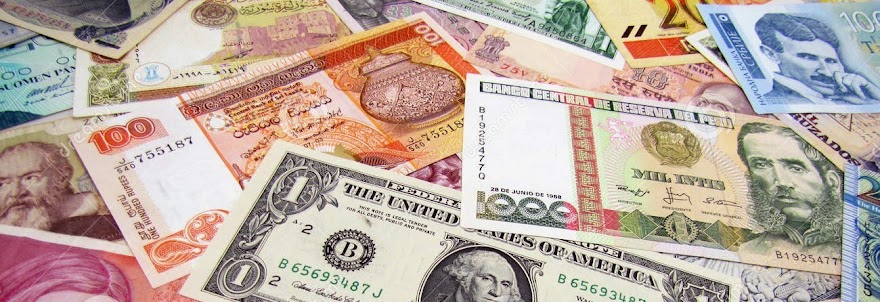100 Rupees Quarter Notes
Can we can consider them emergency money?
Examples illustrated below:
King George V, 100 Rupees Quarter note (Obverse & Reverse)
with black overprint: "LEGAL TENDER IN BURMA ONLY". Issuing Circle: Rangoon
In the above illustration Note: On the reverse Y / R12 11 37 is stamped in black.
Image Curtsey: Yogesh Kumar
Same as above but on the reverse: Stamped in black C / R16 9 37
During the World War II (1939-45) the instances of King George V 100 Rupees quarter notes are known. In the above illustrations: The bottom left quarters of the notes have serial numbers T/32 852269 and T/32 847751 respectively. It is believed that the quarters of the currency notes were used during 1939-1945. The 100 Rupees currency notes with King George V portrait and overprints on the obverse & Reverse; LEGAL TENDER IN BURMA ONLY, in black and red were issued in 1937. This is the year when Burma became the separate colony of the Great Britain. The WWII started in 1939 and by March 1942, Japanese troops advanced at Rangoon. British Administration had collapsed gradually and soon in 1948 Burma got its independence from the British rule. From the above survived examples we know on the reverse of the quarters serial number type digits are stamped in black. I am presenting the persistent question among numismatists that: can these examples be regarded as "Emergency Money"?
Obverse & Reverse of the KGV 100 Rupees Currency notes issued at Madras, India in 1927-28. The above quarter notes are parts of this similar type except the overprint in black on the obverse and reverse, as stated above. Image Curtsey: Nilaish Esq.
British Troops firing a mortar on the Mawchi Road in July 1944. The WWII consumed Burma heavily due to constant wars and gradually it resulted with the failure of Japanese rule in July 1945.
(Image Curtsey: Imperial War Museum, London)
There are some important notices with regard to the question to consider that these quarter notes had money value:
1. They were used as emergency money after Japanese troops left Burma. It is an assumption from some numismatists. Truth needs to be set in the direction of to prove this point.
2. It is understood that each quarter represented 25 Rupees, but logically it is deducted that the quarters without the serial numbers were not used. Assumption needs identification. Only diagonal quarters were used as they contained serial numbers and each quarter was 50 Rupees. This is again an assumption. The assumption needs to be supported.
3. The stamped codes on the reverse of the quarter notes as shown above, resembles supposedly "Issue Numbers" as there will be two quarters with similar serial numbers. What is the logic of these stamped serial numbers?
4. If all four quarters were used, then we need to observe the surviving other quarters without serial numbers, and observe the issuing number on the reverse of those pieces if it exists. This will prove that all quarters were used and each quarter was equal to 25 Rupees.
Please make your valuable comments on this essay. This essay is revised after the first comment made by the Indian Paper Money Expert: Mr Rezwan Razack (Chairman IBNS-Indian Banknote Chapter).





































Rls!sMQ~~60_12.JPG)
RlOwucg~~60_12.JPG)

















YiBQLnz2s5ww~~60_12.jpg)

4dbOMBQWy!sQiYQ~~60_12.JPG)



